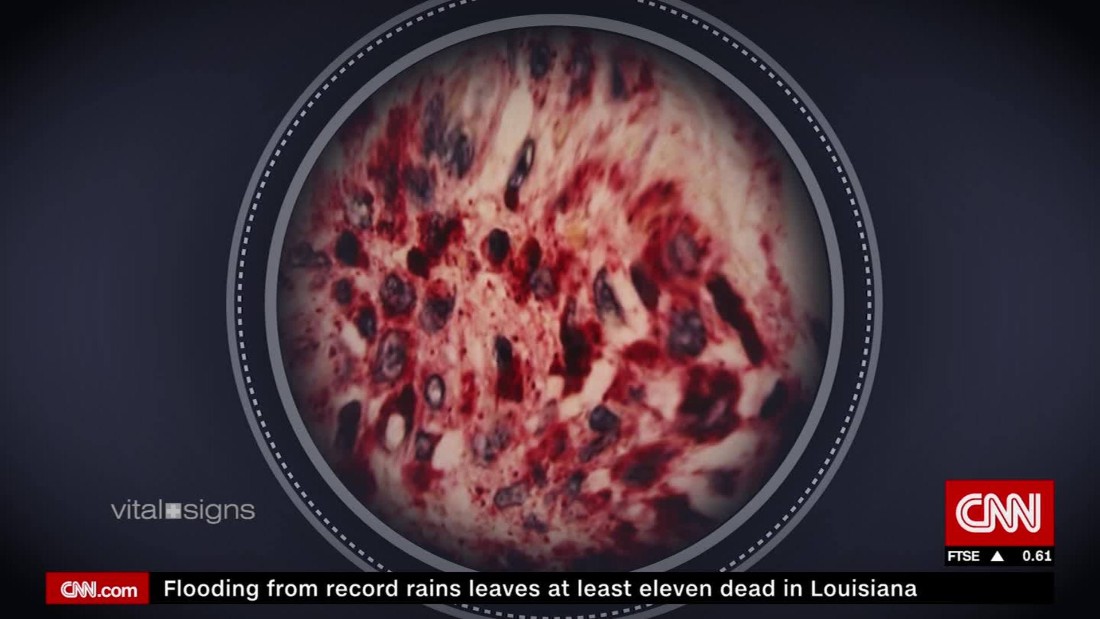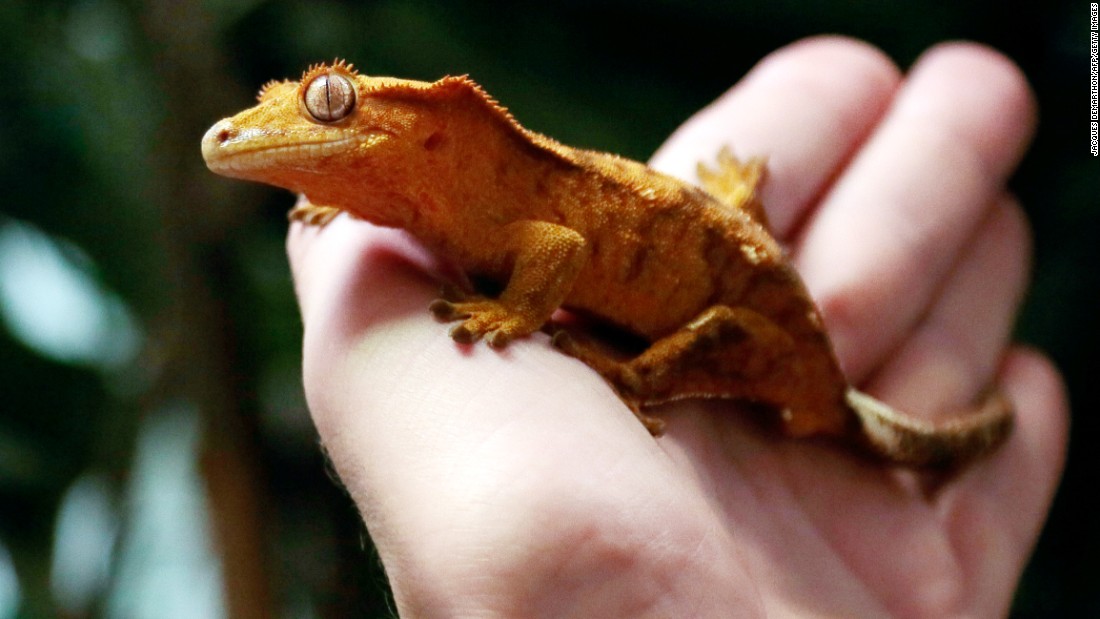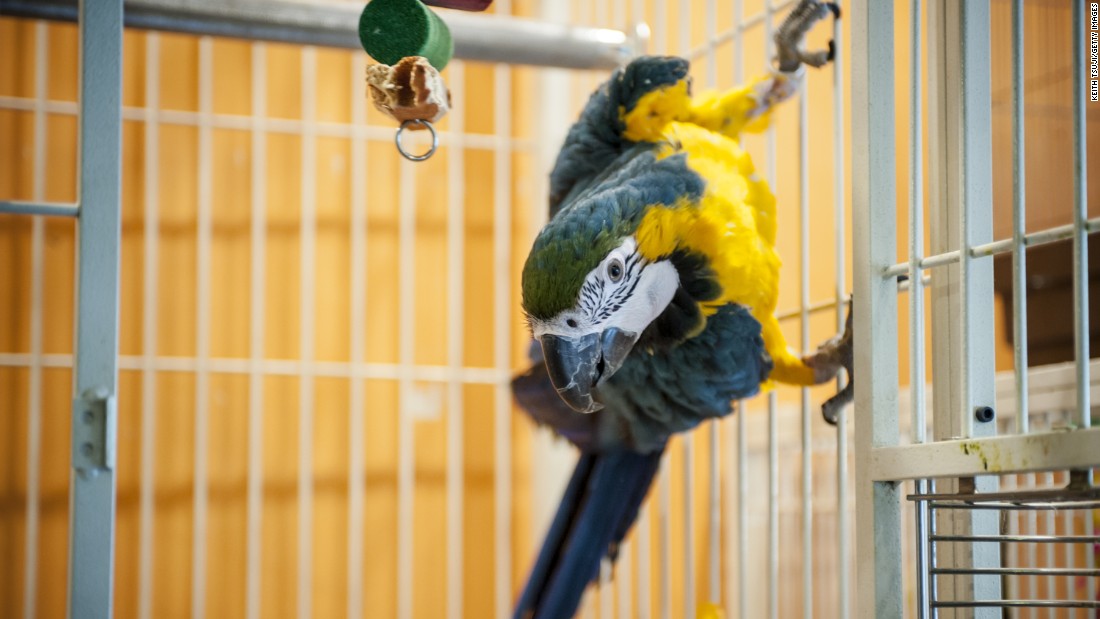
(CNN)It is a slow and cumbersome descent hindered by head-to-toe protective suits. A wooden ladder dips down the side, as two researchers in white suits and respirators make their way into Grootboom cave in South Africa.
The suits make the journey more cumbersome, but they are the only things standing between safety and exposure.
Inside the cave, thousands of bats either cling tightly to the walls or fly around in bunches. Any number of them could contain deadly pathogens.
That monitoring starts with teams on the ground in caves like Grootboom.
The team now crawls through a narrow gap to reach a difference chamber, where different species of bats with other potential pathogens live. Each bat has the potential to carry rabies, Marburg, even Ebola. These are some of the planet"s deadliest, but least understood, viruses.
The risk is justified by the importance of the work as it is in the interest of public health, says Markotter.
"If you don"t know what"s in the animals, you won"t be able to identify a human outbreak quickly," she says. "Most of the time we only respond when there are lots of human deaths and we don"t know where the virus came from, or where the pathogen came from."
Outside the mouth of the cave, a makeshift lab comes to life under a white pop-up tent. Bats collected from various parts of the cave are tested, samples are collected from their mouths, fur, and wings and everything is meticulously recorded. This is all part of the constant monitoring and early warning systems.
If the team knows what"s circulating in the bats, they can flag it and alert the population to take precautions, or watch for certain symptoms. Their efforts will matter to keep this closely-connected world healthy.
Read more: http://www.cnn.com/2016/08/23/health/virus-hunters-bat-cave-south-africa/index.html















No comments:
Post a Comment